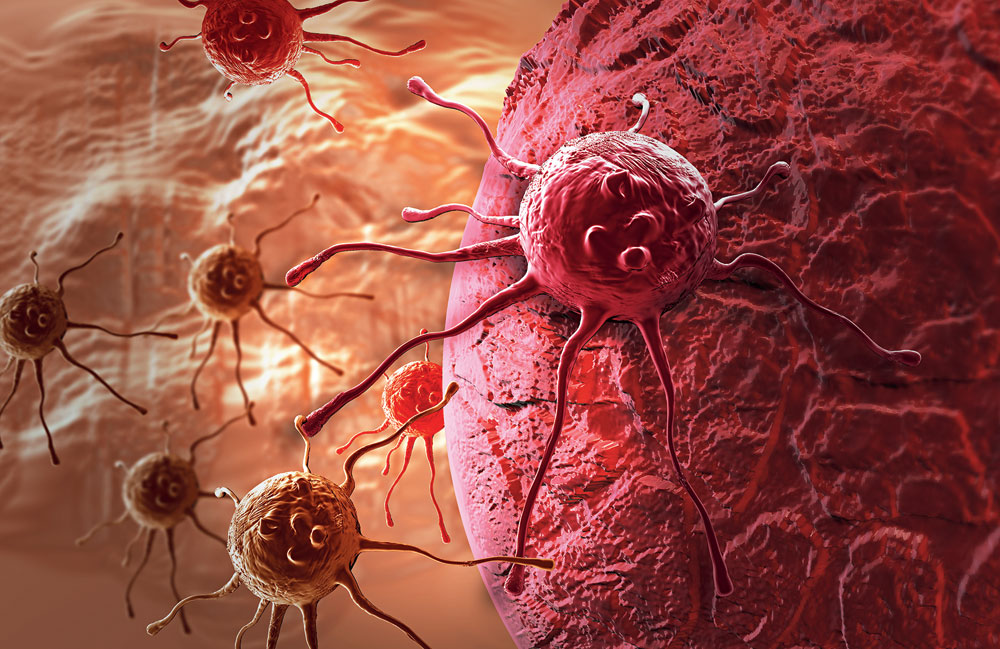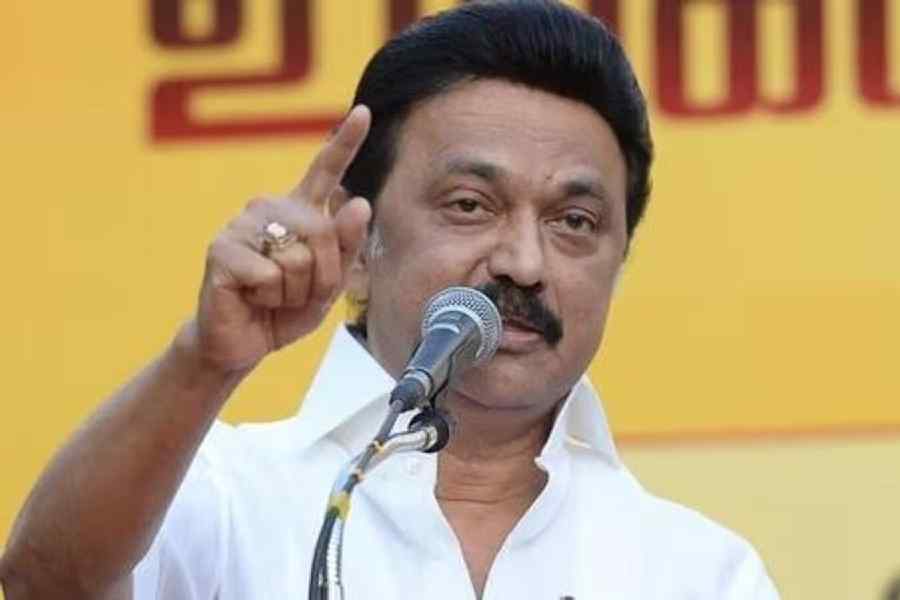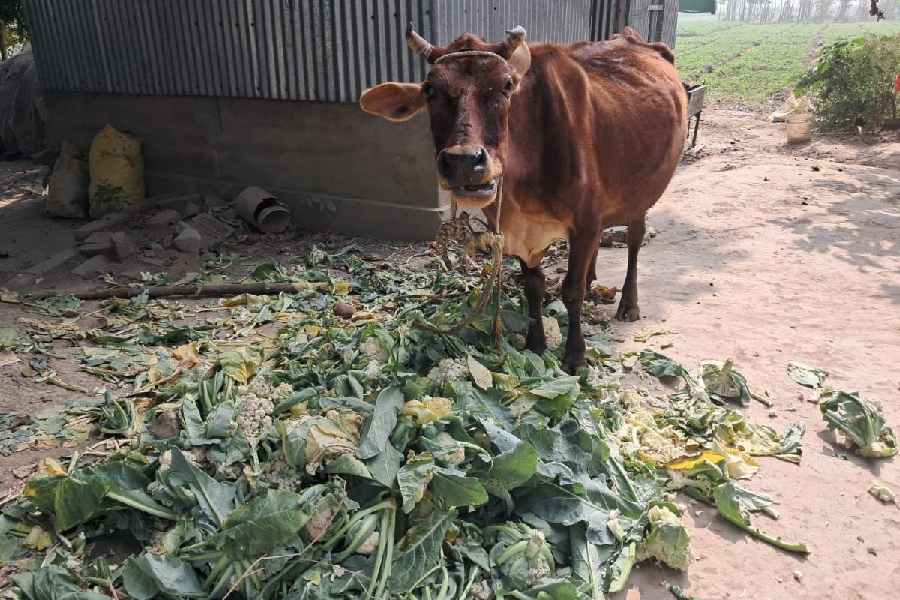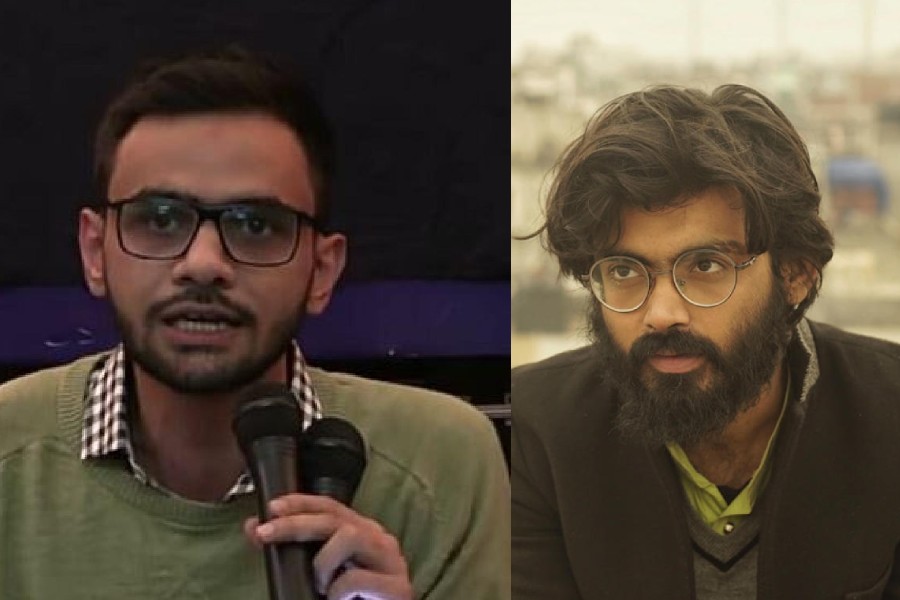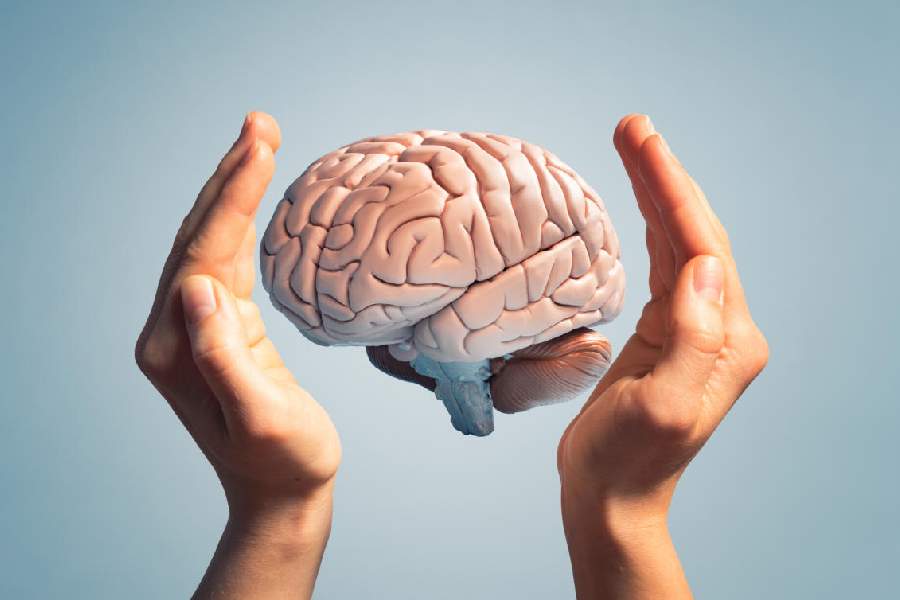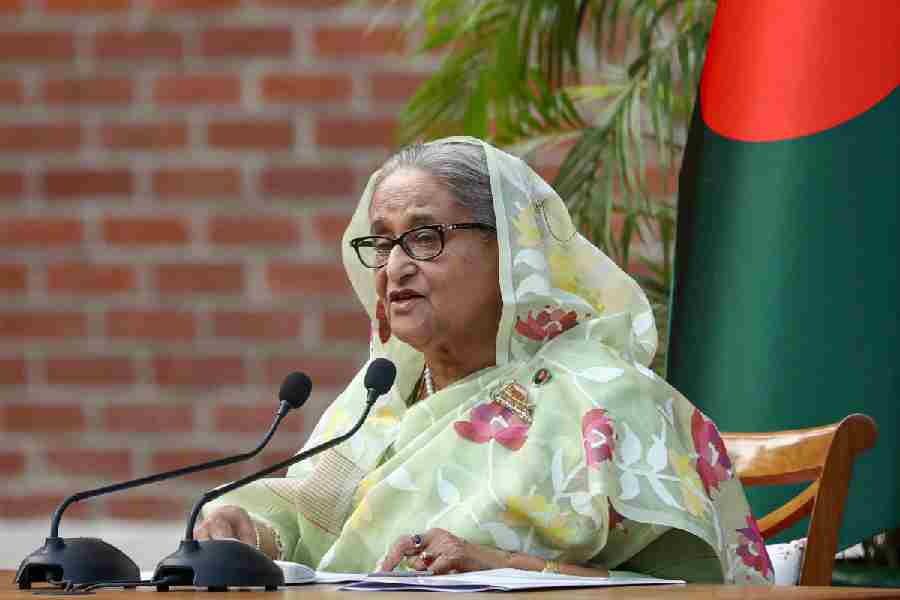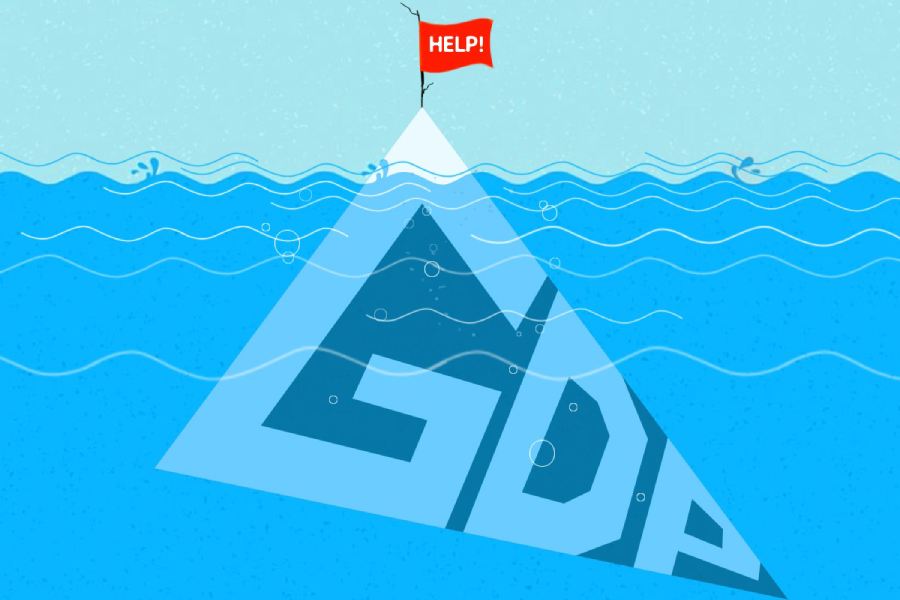Many scientists in the 1960s thought that special regions of genetic material, later termed oncogenes, of some viruses gave them the ability to transform a normal cell into a cancer cell. They thought that these oncogenes moved from one cell to another in an organ to make it cancerous. This view was proved to be incorrect. Varmus and Bishop showed that oncogene-like DNA normally existed in a large number of animals, including those with very few cells. They concluded that an oncogene possessed by a virus was actually not a true viral gene but a one stolen from a host —chicken or mouse.
While an oncogene in the host controlled normal growth and division of cells, why is it important in cancers whose hallmark is uncontrolled cell growth? Varmus and Bishop realised through their studies that changes in the DNA (called mutations) of oncogenes can transform a normal cell into a cancer cell. Such mutations result in stoppage of normal protein production or production of abnormal proteins, thereby promoting abnormal cell growth. Thus, Varmus and Bishop discovered that mutations in oncogenes can cause cancer;it is not an infectious disease. However, viruses that carry stolen, mutated oncogenes can also cause cancer.
President Clinton appointed Varmus the director of NIH in 1993. During his tenure, Varmus was able to double NIH’s annual budget, appoint some outstanding scientists as directors of various institutes under the NIH and provide leadership to research on AIDS, stem cells, cloning, gene therapy and global health. He left the NIH in 1999 to become president and CEO of Memorial Sloan-Kettering Cancer Center in New York. President Barrack Obama appointed Varmus director of the National Cancer Institute (NCI). He resigned from NCI in 2015 to return to New York as the Lewis Thomas University Professor of Medicine at Weill Cornell Medicine.
As the director of NCI, Varmus initiated a programme encouraging researchers to define perplexing or neglected questions in cancer (the “Provocative Questions” initiative) and competitively funding research to find answers to these questions. Varmus visited India in 2014 to encourage identification of such provocative questions. At that time, I [as director of NIBMG] presented to him results of our research on genomics of oral cancer, including the evidence that tobacco chewing left a signature on the DNA of oral cancer patients. While appreciating our results, he said, “Ban tobacco products”. Unfortunately, no such ban has been imposed as yet.
Dr Varmus will speak at the National Institute of Biomedical Genomics, Kalyani, at 11.30am on November 11 and at the Saha Institute of Nuclear Physics, Calcutta, on November 12 at 3pm
Dr Harold E. Varmus, who will be in Calcutta next week, won a Nobel Prize in Medicine jointly with mentor J. Michael Bishop in 1989 for discovering the cellular origin of retroviral oncogenes.
This will not be his first visit to India. “My desires to practice medicine… were also tempered by an apprenticeship in a mission hospital in Bareilly, India,” in the 1960s, he said in his Nobel autobiographical note. His father was a doctor and Varmus followed in his footsteps. He obtained an MD from Columbia University College of Physicians and Surgeons in 1966. Earlier, he graduated with English Literature from Harvard University in 1962.
To avoid serving in the Vietnam War, Varmus joined the Public Health Service at the US National Institutes of Health (NIH) in 1968. “NIH stimulated me to seek postdoctoral training in molecular biology, specifically in tumour virology,” says Varmus in his Nobel autobiographical note. He joined J. Michael Bishop’s laboratory at the University of California, San Fransisco, in 1970, and began to study the behaviour of viruses — a group called retroviruses — that associate with cancer. Incidentally, he lost his mother to breast cancer in 1971.
What are retroviruses and why are they important? Danish physician Vilhelm Ellermann and veterinarian Oluf Bang proposed in 1908 that certain types of cancer in chickens may be caused by viruses. In 1911, Francis Peyton Rous showed that sarcoma — a type of cancer — in chickens is caused by a virus. He was awarded the Nobel prize for this discovery 55 years later.
A mouse with mammary cancer can pass it on to her daughters. In 1936, John Bittner established that the cancer was passed on through the mother’s milk and transmission of the disease could be prevented if the milk was filtered first. This meant that a physical “agent” likely caused the cancer. Indeed, it was shown later that this “agent” was a virus: mouse mammary tumour virus (MMTV). Many viruses that cause cancers in cats, cattle and monkeys were soon identified.
In 1955, Otto Mühlbock found that the daughters of a mouse with MMTV infection and mammary cancer often had mammary cancer without the MMTV infection. A simple explanation, believed at that time by many scientists, was that these viruses sometimes ‘injected’ their genes into the infected mother’s DNA. The “gene-injected DNA” was passed on to her daughters who would get cancer without viral infection. In 1964, Howard Temin hypothesised that some viruses can generate a DNA copy of its own genome.
This class of viruses is called RNA viruses, that is, viruses whose genetic material is ribonucleic acid (RNA) and not the usual deoxy ribonucleic acid or DNA. Normally, DNA is transcribed to RNA, which is translated to make proteins. In fact, Temin, David Baltimore and Renato Dulbecco identified an enzyme called reverse transcriptase which RNA viruses use to generate a DNA copy of its genome. Partly for this, the three were awarded the Nobel prize in 1975. The reverse transcribed DNA copy can subsequently integrate into the cellular genome of the host. Through this process, MMTV indeed sometimes “injected” its DNA into the DNA of a mouse in whom it caused cancer.
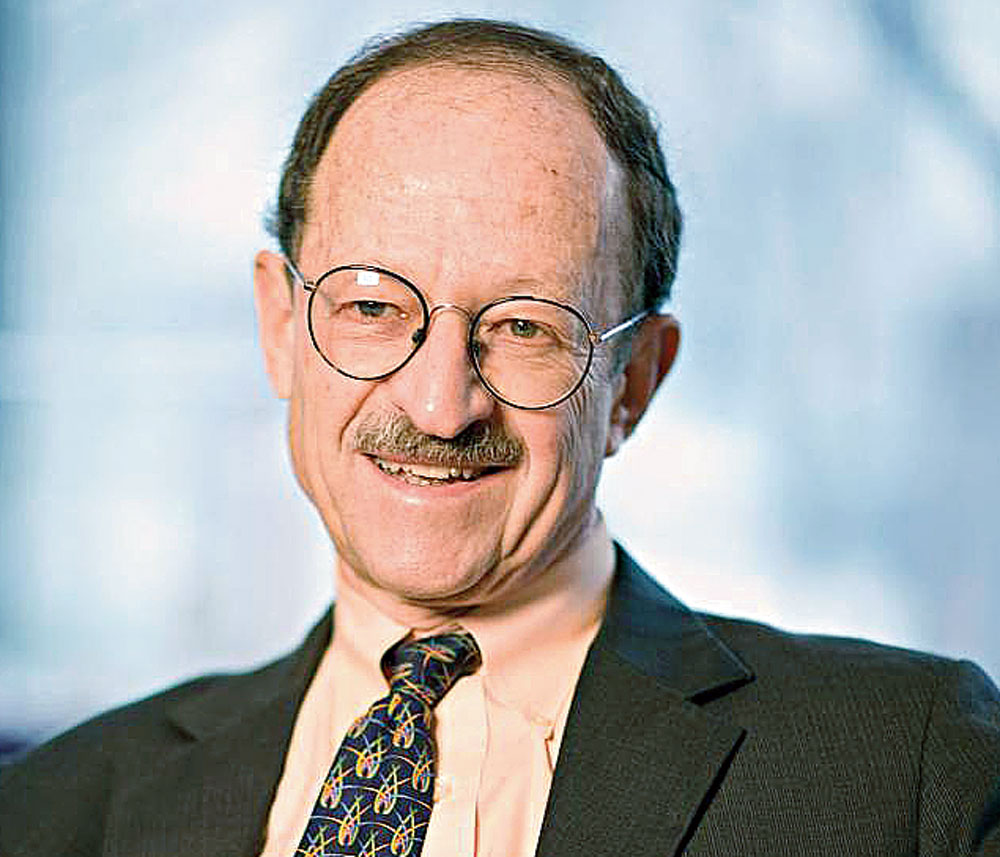
Dr Harold E. Varmus File picture

